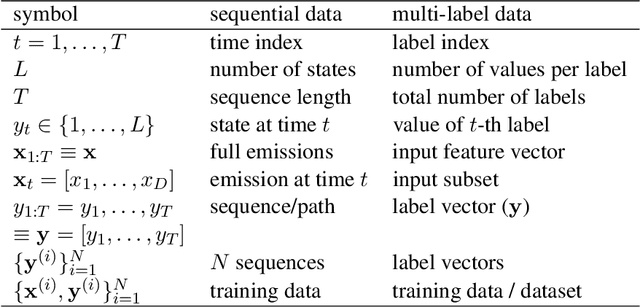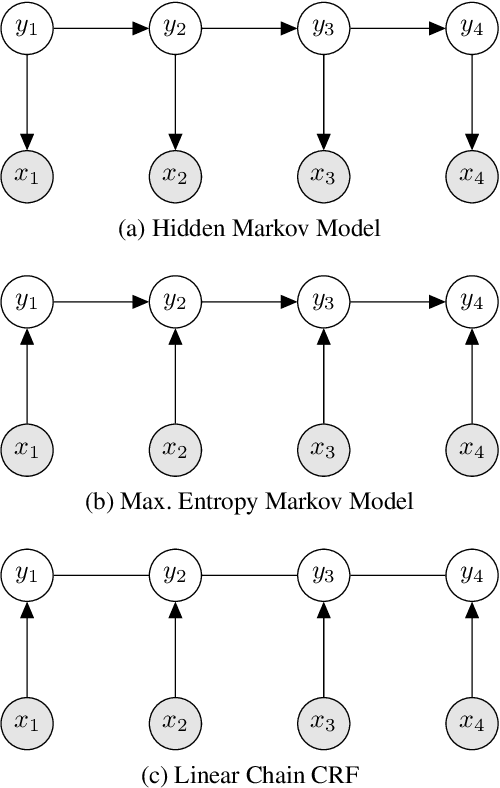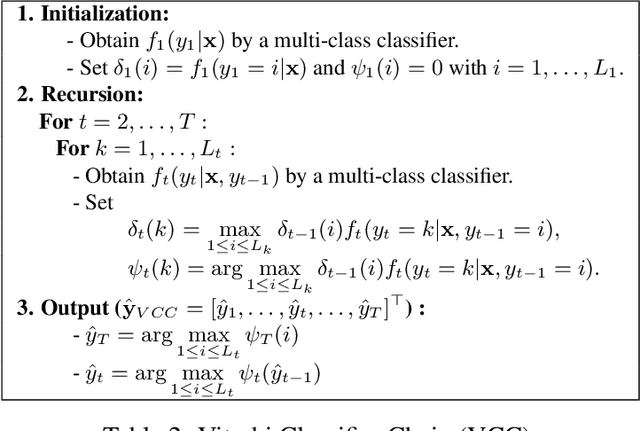Multi-label Methods for Prediction with Sequential Data
Paper and Code
Sep 29, 2016



The number of methods available for classification of multi-label data has increased rapidly over recent years, yet relatively few links have been made with the related task of classification of sequential data. If labels indices are considered as time indices, the problems can often be seen as equivalent. In this paper we detect and elaborate on connections between multi-label methods and Markovian models, and study the suitability of multi-label methods for prediction in sequential data. From this study we draw upon the most suitable techniques from the area and develop two novel competitive approaches which can be applied to either kind of data. We carry out an empirical evaluation investigating performance on real-world sequential-prediction tasks: electricity demand, and route prediction. As well as showing that several popular multi-label algorithms are in fact easily applicable to sequencing tasks, our novel approaches, which benefit from a unified view of these areas, prove very competitive against established methods.
 Add to Chrome
Add to Chrome Add to Firefox
Add to Firefox Add to Edge
Add to Edge